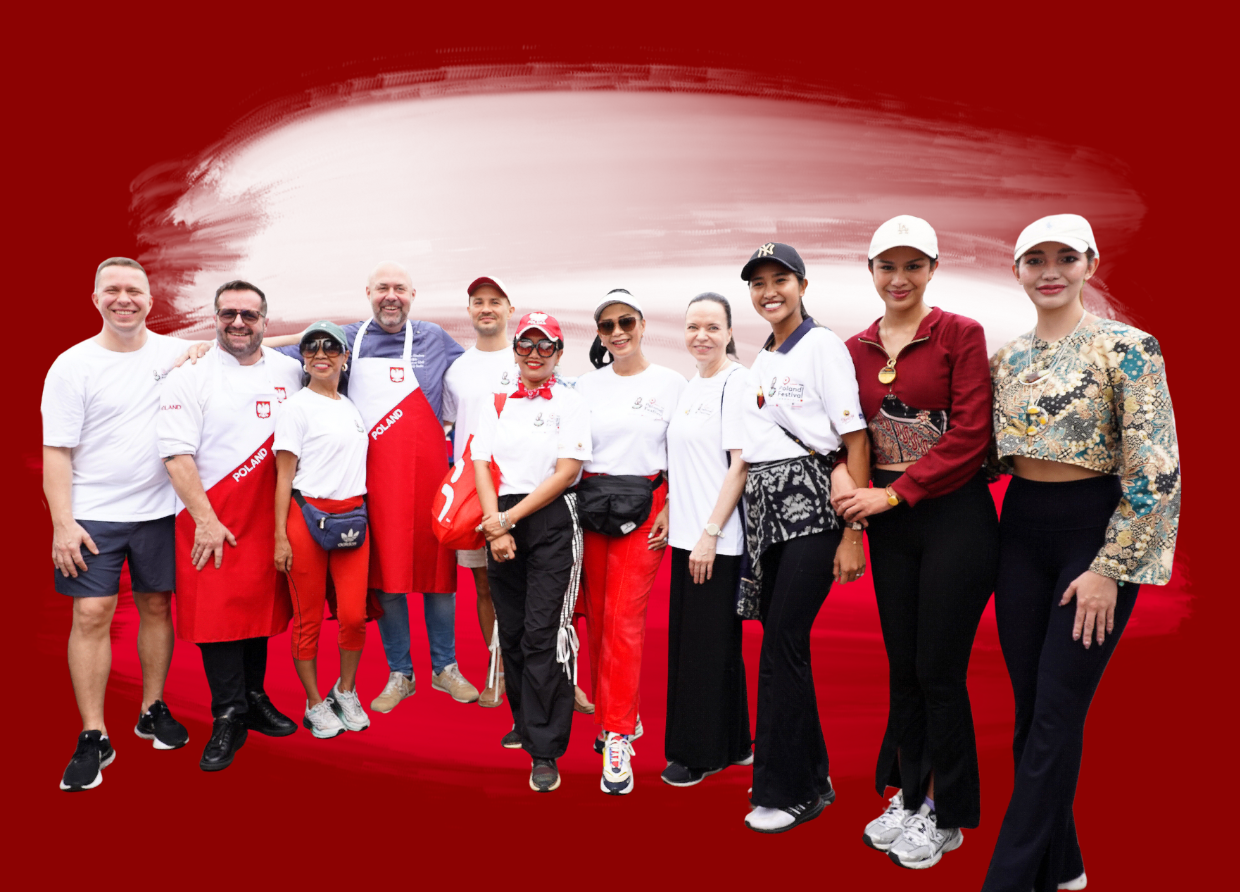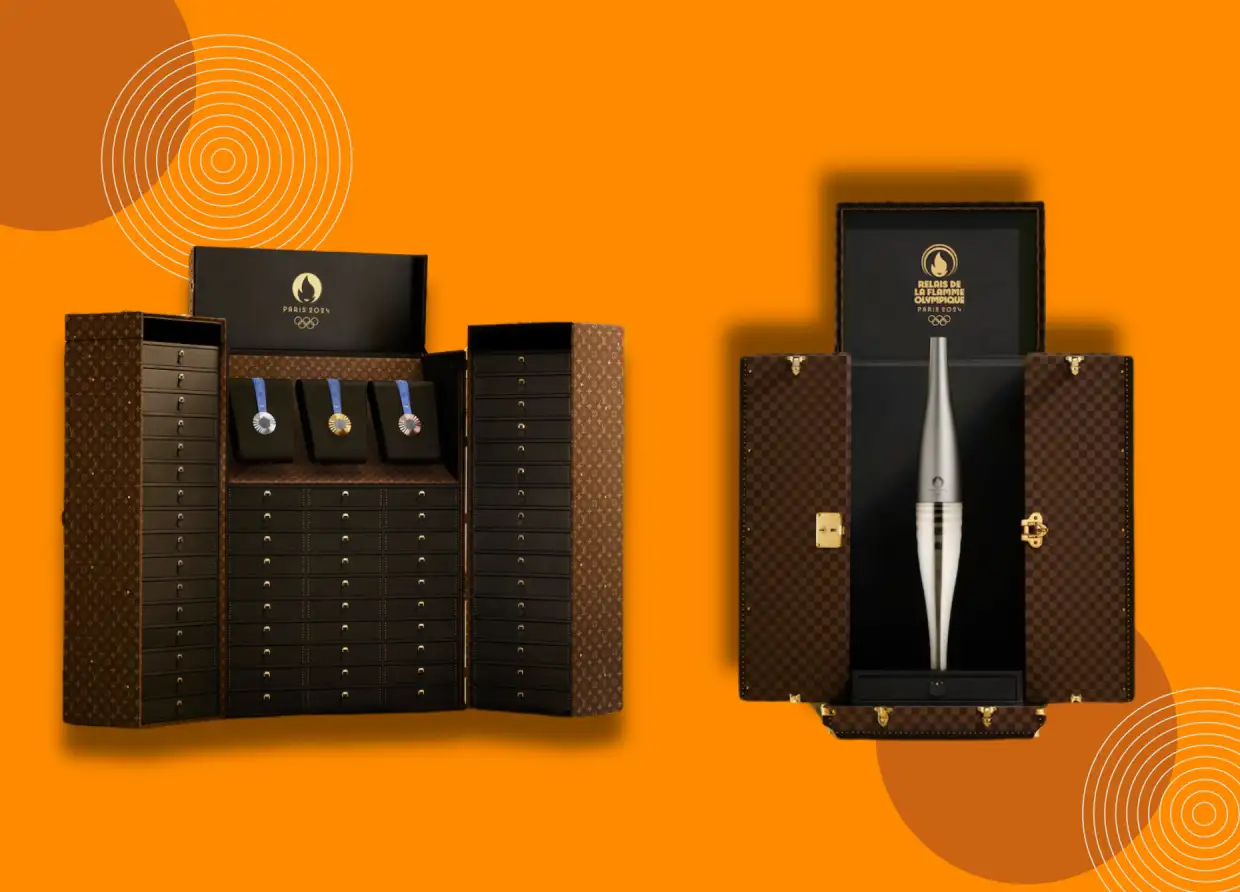HOW IS LIFE SUSTAINED ON MARS?
What does it really look like living on the red planet?
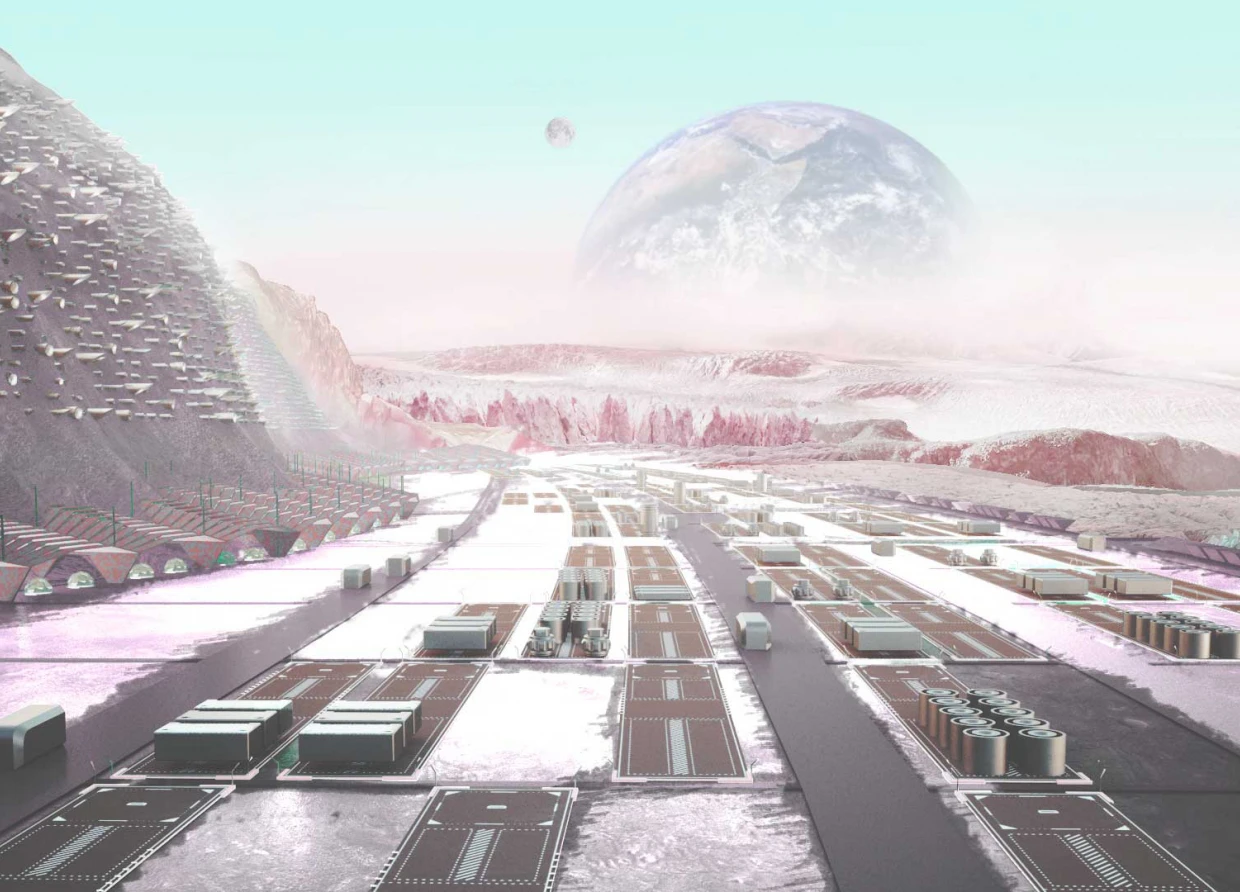
Living on Mars seems to be a reality day by day, continuing the updated news of the successful landing of NASA's Perseverance Rover on Mars. The next big question is what does it really look like living on the red planet?
To all intents and purposes, ABIBOO Studio, an architecture firm, gives the plans for the first sustainable city on Mars. The new design contains five cities including Nüwa which is already set to become the capital city of Mars. The idea was first presented at the Annual Mars Society Convention in 2020, and here are the clues about what they offer for our future life.
What does Nüwa look like?
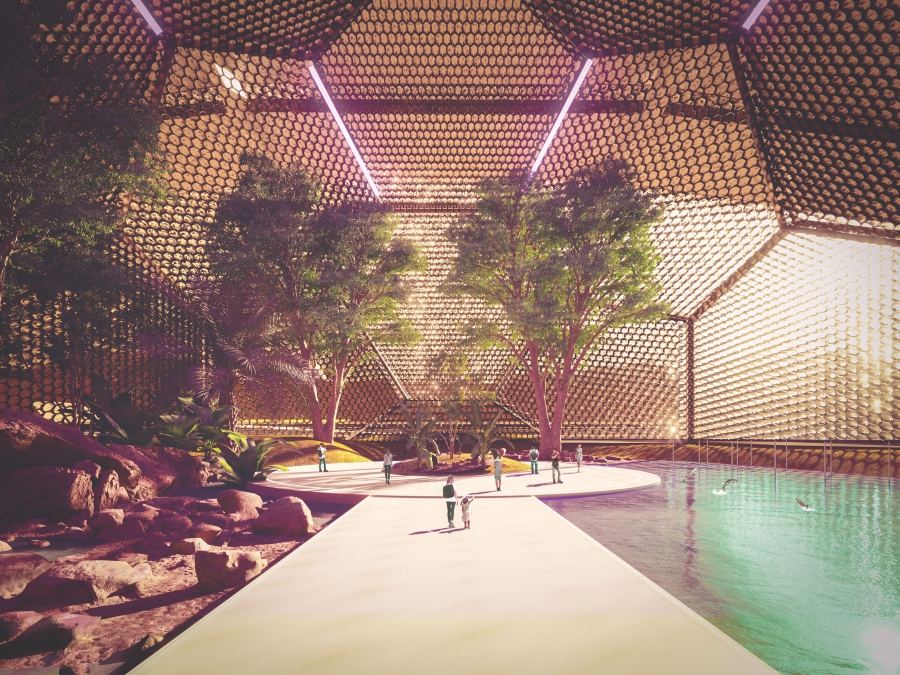
Its name has its roots in the mythological Chinese goddess that is the protector of Humans who melted five stones to give robust societal pillars. The city of Nüwa is on the slope of one of the Martian cliffs with abundant water access, located at Tempe Mensa. A steep terrain offers the opportunity to create a vertical city inserted into the rock, protected from radiation and meteorites while having access to indirect sunlight.
Self-sustainable development
Sustainability is at the core of the Nüwa design. For being self-sustainable, a settlement on Mars needs to be able to obtain all resources locally. After a short initial phase relying on capital investments and supplies from Earth, the system should be able to sustain its growth with local resources only.
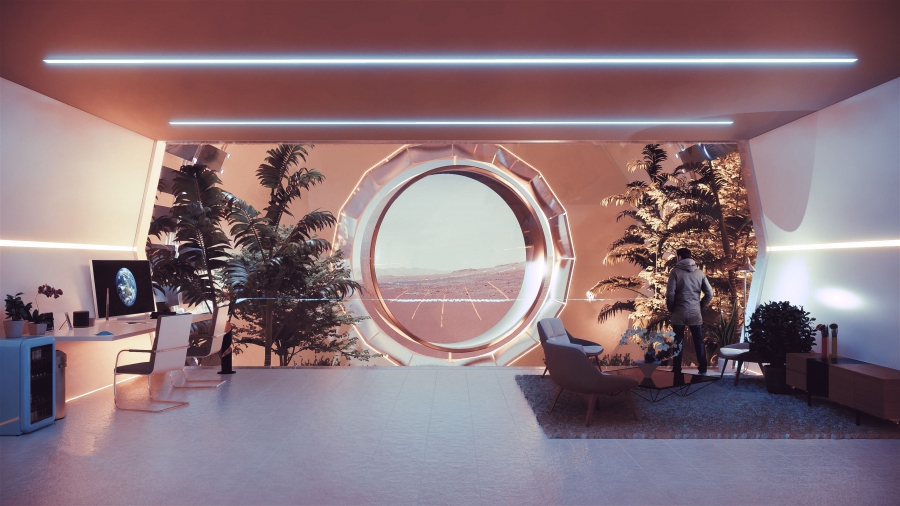
The main activities are performed inside the cliff, in what are called “Macro-buildings“, which are excavations inside the rock of the cliff. These constructions, implemented after tunneling, are modular and include residential and work activities, linked together by a three-dimensional network of tunnels. By giving this standardization, the design ensures scalability and reduces complexity, costs, and construction schedules.
Goodbye rice, welcome microalgae
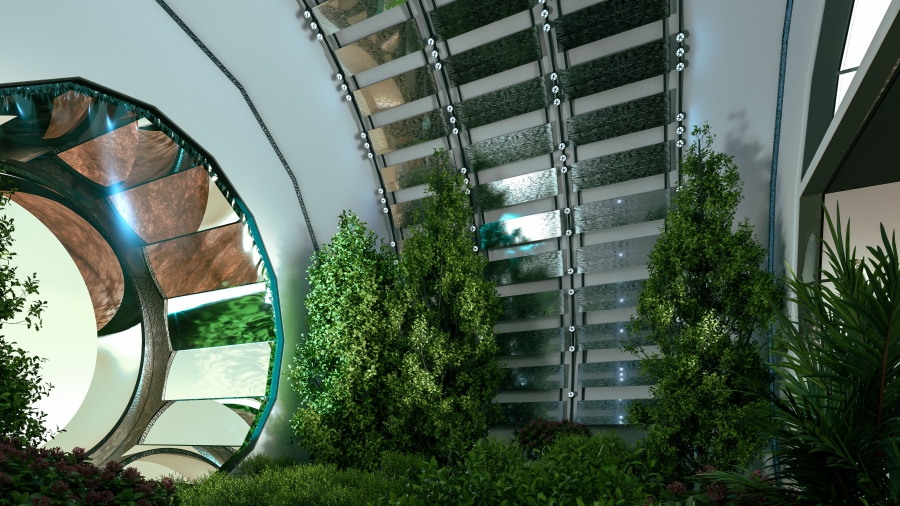
Although crops can provide a tastier and more varied diet than microalgae, those are more efficient in terms of space and resource utilization, while also contributing to atmosphere revitalization and water management. Thus, microalgae would be the principal component of the human diet if you considered living on Mars.
This is the most important part
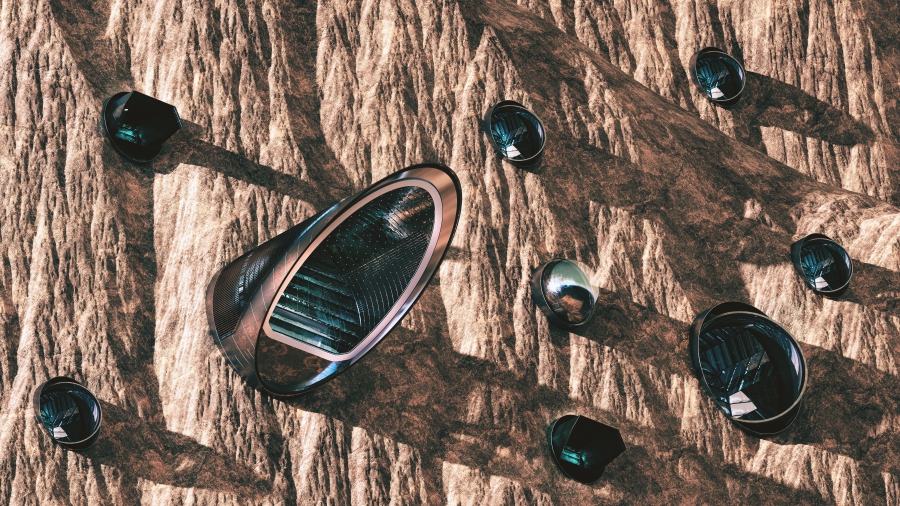
For getting from Earth to Mars, a regular shuttle service should be able to function, with launch windows opening approximately every 26 months and lasting between one and three months. For settlers, one Mars ticket will have an approx. the price tag is $300K. It includes a one-way trip, one residential unit of ~25-35 m2/person, full access to common facilities, all life support services & food, and a binding work contract to devote between 60% and 80% of their work time to tasks assigned by the city.
Are you in?
#THE S MEDIA #Media Milenial


